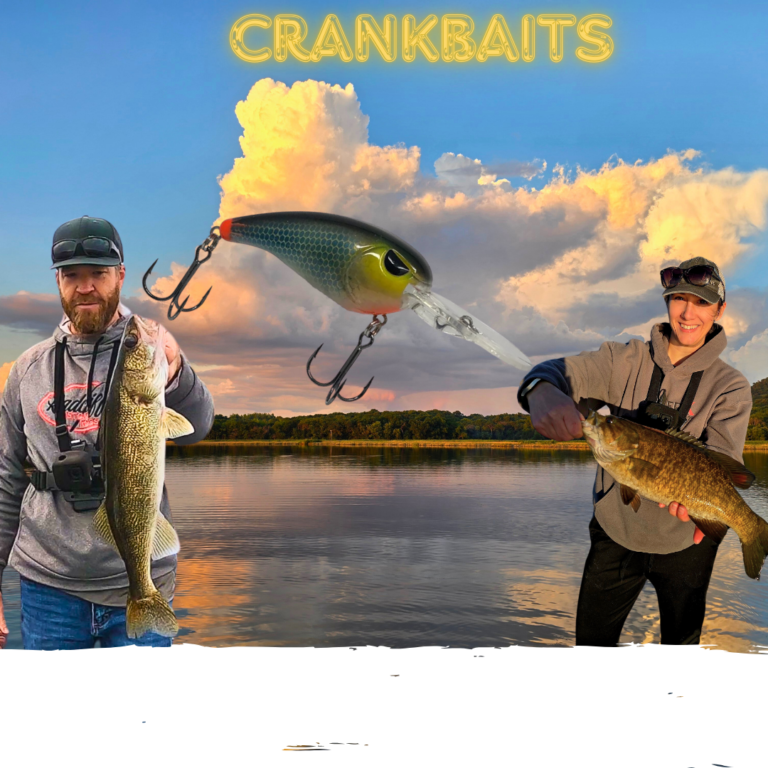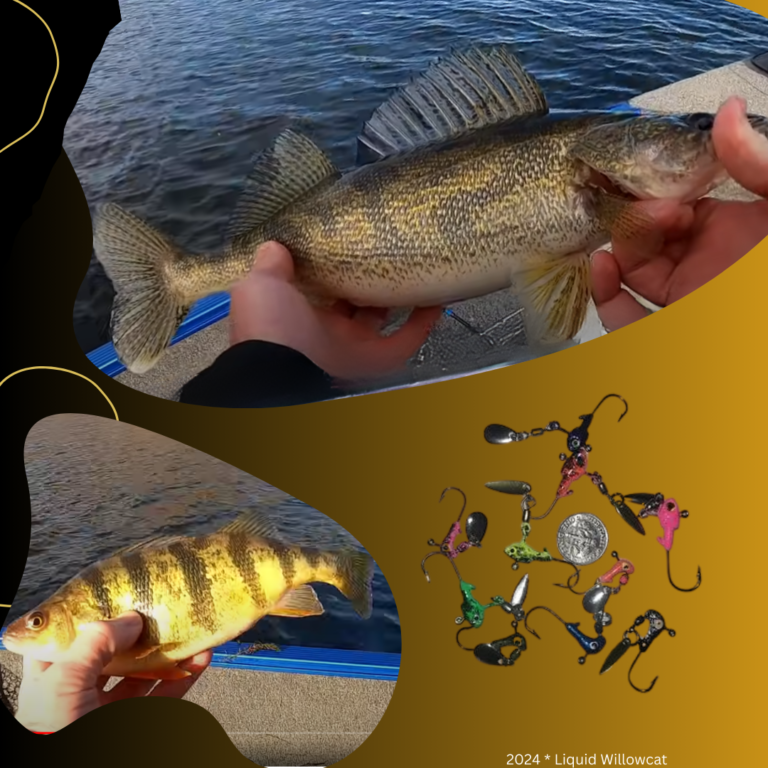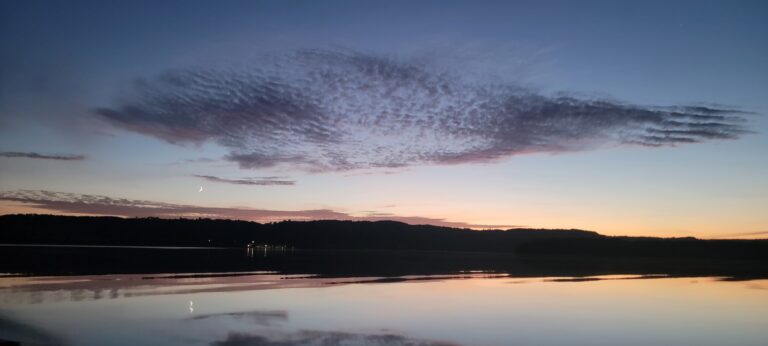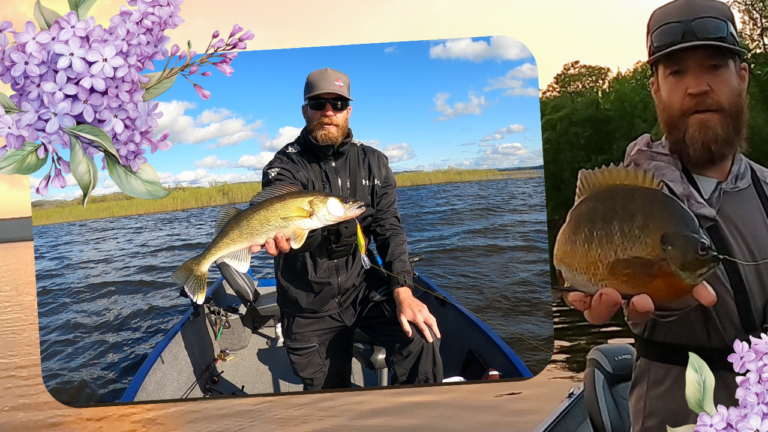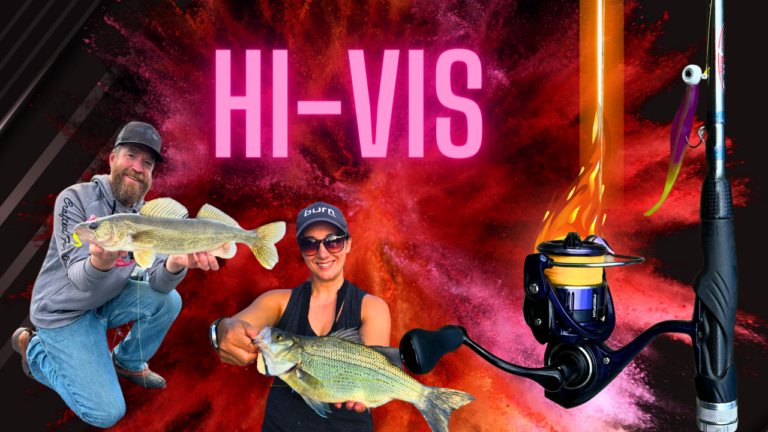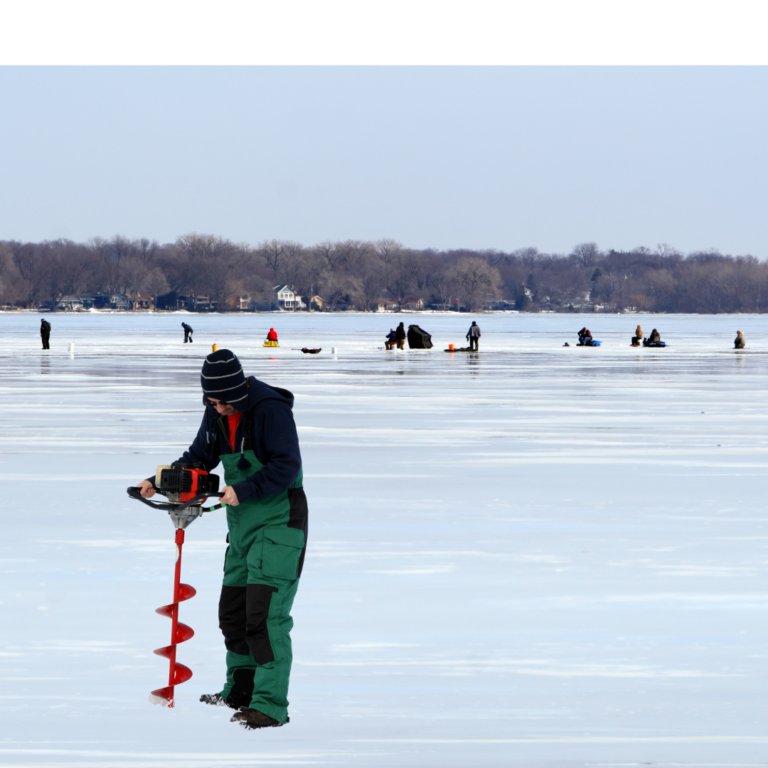Breaking Down a Wing Dam

I f you’ve watched our YouTube channel, you already know I’m a big fan of wing dam fishing on the Mississippi River. Wing dams are long rock piles below the water’s surface that run perpendicular to the main river flow, usually starting at the shoreline. The US Corps of Engineers built these man-made rock structures to facilitate commercial barge traffic.
Wing dams concentrate the flow towards the center of the main river, thus aiding large barges in running up and downstream. Red or green channel buoys mark the end of some wing dams. Red buoys will be on your right while traveling upstream, and green buoys on your left.
Wing dams are not just structures; they’re fish magnets!
They draw in all sorts of aquatic life, serving as bustling travel routes and abundant feeding areas for migrating fish. Walleyes, in their springtime journey upstream, are like skilled navigators, following the current seams formed by a series of wing dams. As they make their way upstream, they pause to feast on the rich food sources around these rock structures. It’s a thrilling chase, and we’re right in the middle of it!
The exact locations that walleyes feed is specific to each wing dam and how the stream ebbs and flows around its structure. But fear not, fellow fishermen! All wing dams have general locations that fish prefer. It’s like a thrilling treasure hunt, where the prize is a bountiful catch. It all comes down to reading flow.
Let’s break down this wing dam.
The diagram below shows the river’s flow with red arrows. The numbers are key areas to target when fishing wing dams for walleye.

Spot 1. A back eddy (water that flows back around) can form along the shore on the upstream side of a wing dam. This upstream back eddy is not found on wing dams but can be an excellent spot if available. You will find this upstream back eddy whenever there is a slight shoreline extension at the start of the wing dam.
Water that hits the wing dam will make its way back upstream, creating a lower flow area that concentrates bait. Fish this area by anchoring near shore upstream of the wing dam and cast through the back eddy using the jig fishing techniques described in earlier blogs. You can also pull the front end of the boat on shore and cast out the back of the boat.
2. During low flow conditions, the upstream face of the wing dam is my go-to for walleye. This is where walleyes are when they are actively feeding. I start by anchoring directly upstream at the very end of the rocks- positioned so a long cast barely reaches the rocks.
Fishing at the very end of the wing dam may require a heavier jig as the flow is strongest here. From this position, I fan cast (casting at different angles, creating a fan) to the rocks. Establish a lifting and falling cadence as you fish the jig methodically along the bottom. Start at the rocks and returning to the boat.
If you’d like to learn more about this technique, watch my video “How to Fish a Jig”.
After several casts still on the upstream side of the wing dam, I reposition the boat more towards the center of the wing dam and fan cast at different points along the upstream face of the rocks.
3. The main current seam on the downstream side of wing dams appears directly off the end of the rocks. Immediately below the rocks, a washout hole is formed. This is generally the deepest water around a wing dam. Walleye and sauger can be found in this deeper water but are typically smaller. This hole is best fished with vertical jigging while anchored or drifting using boat control. Use controlled drifting along this seam for several yards downstream while jigging or fan casting in and out. During high flow situations, this can be a key area for walleye feeding and migration.
4. Faster water that moves off the end of and downstream of a wing dam will eventually wrap around and make its way toward the shoreline. The flow impedes the shore and splits, some going back towards the wing dam and some going downstream in the opposite direction. The point where the flow hits the bank can be an excellent spot to try, especially during high water conditions. The flow has to die out to change directions and create the perfect spot for walleye to sit and wait for an easy meal. I often anchor offshore from this current split and fan cast the area where the current is ebbing and flowing.
5. The last key area to target around a wing dam is the backflow that runs towards the rocks along the shoreline. This backflow area can be especially good during high-flow conditions. Depending on the wing dam, this can be an extremely deep area, or it can be shallow and sandy.
I prefer this area when it is shallower and sandy. Position and anchor the boat in this backflow and cast back towards the downstream side of the wing dam. Work your jig methodically by casting in the direction of the backflow and fishing it back to the boat. Walleye will hang out on the bottom break formed by the shallow sand going into the washout area below the wing dam.
Wing dams are amazing for attracting walleyes all year long.
Reading the current and how the flow reacts to the dam during different river levels is the key to consistently catching walleyes. Identify the areas that give walleyes a place to hang without expelling much energy, and you’ll be well on your way.
anglerxoutdoorsEdit Profile
I hope breaking down this wing dam gives you some insight and gets you started.
What else would you like to know?
-Talk soon, Angler X
If you want to know more about the reels we use, check them out at Piscifun. Use code: Anglerx15 to get 15% off!


